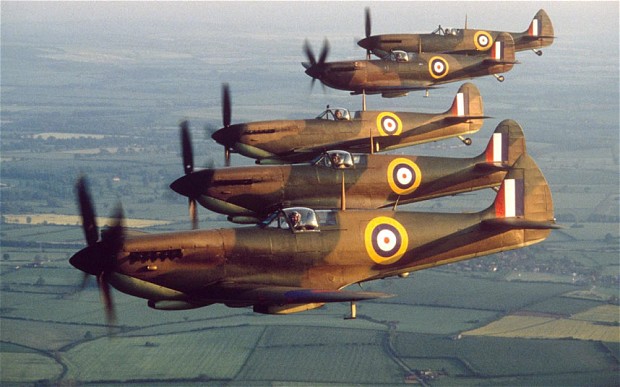As escavaÇÕes vão recomeÇar
Burma Spitfires – the dig is back on!!
We have been following the story of the Burma Spitfires since 2012. Some great highs and lows along the way. We all get excited by any news regarding the warbirds. It’s a real Indiana Jones film – but this is real. David Cundall is making it real and is taking us all along the journey with him. It’s like watching a world cup final.
As we know, new funding has been made available. David ‘electronically’ pops into our office quite often and it is great to hear that he is now ready to dig once again. Cundall goes onto say:
“For the last 17 years I have been trying recover the lost Spitfires. And in that time My group have received information to prove these lost Spitfires have been buried for political reasons . Many people at the time of burial heard rumours that they were buried for payment to the Karen’s for their effort in supporting the British in ww2 and in support of the Karen uprising which happened in 1948. This uprising was to gain independence from Burma. At the moment other groups are trying to get a contract and have received all my data that I have collected over the years. If you can help me in my quest please do so”
The dig is just about to start and we will bring you further updates as soon as David can send them to us at War History Online.
David Cundall’s life ambition was a determination to uncover the mystery of the lost Burma Spitfires. His firm belief that the spitfires existed stemmed from rumours and indirect documentary evidence. In 1996 he was told that the rare Mark XIV Spitfires had been declared surplus to requirements at the end of the war and buried in crates rather than being shipped home. Evidence from the UK National Archives and other sources had supported the claim that surplus equipment was, on occasion, buried rather than repatriated. Mr Cundall subsequently gathered eyewitness testimony from eight surviving servicemen who claimed they saw the burial. Three separate sites were excavated by the aviation enthusiasts and archaeologists but nothing was found. As many as 36 planes were believed to have been buried at the airport, which was under British occupation during World War Two and called RAF Mingaladon. The team left the UK with 17 years of research and a firm belief that as many as 140 of the planes were buried in near pristine condition at various sites by American military engineers at the end of the war.



